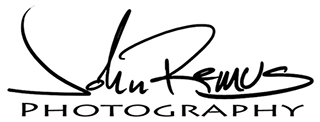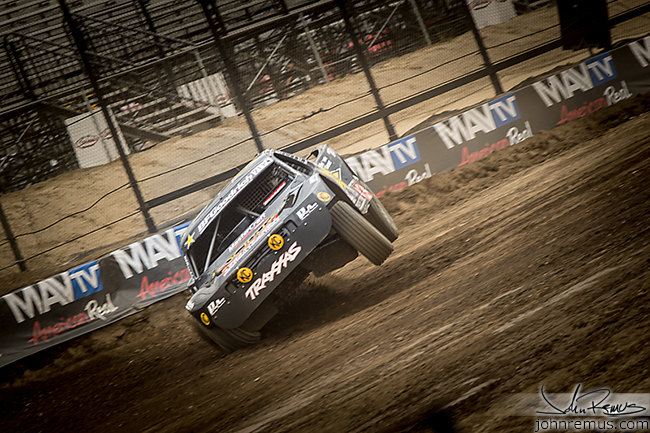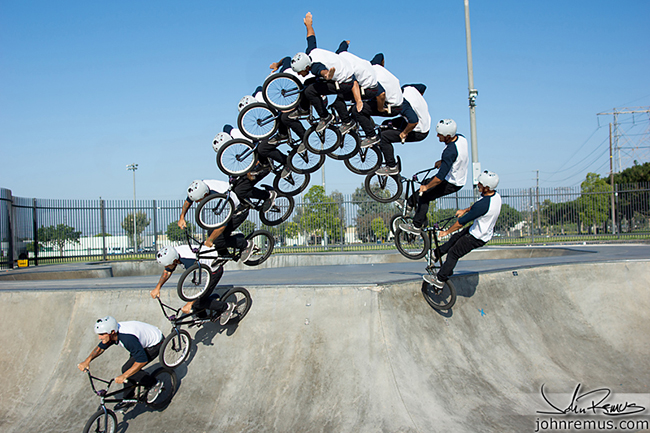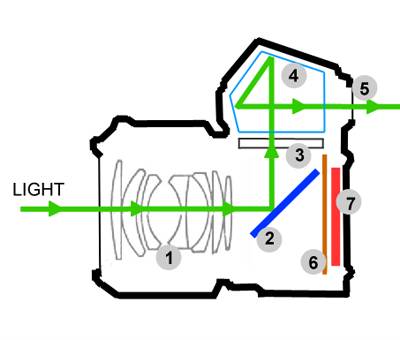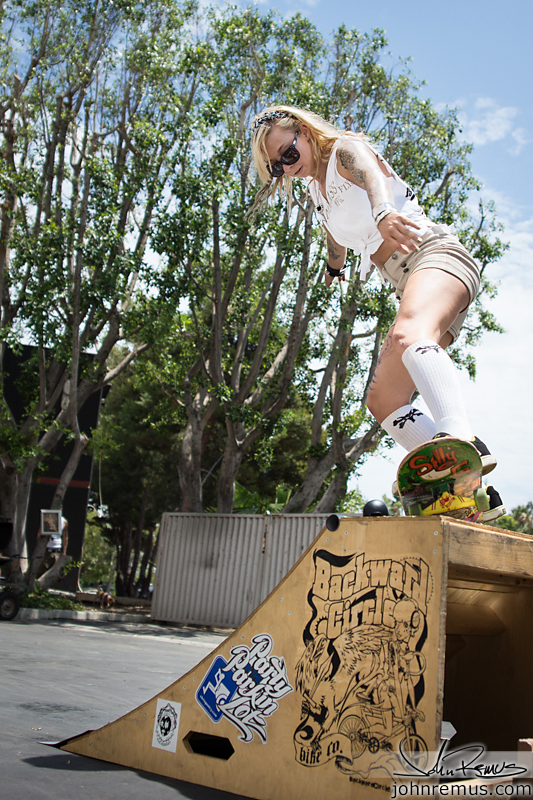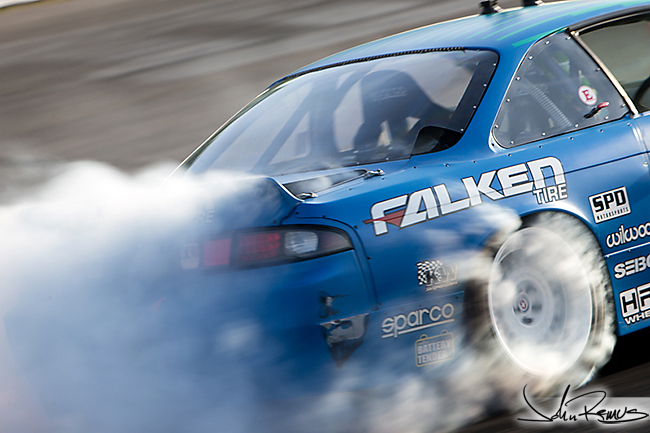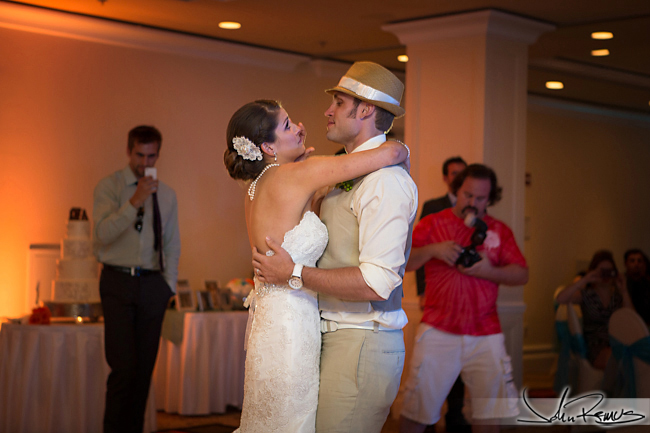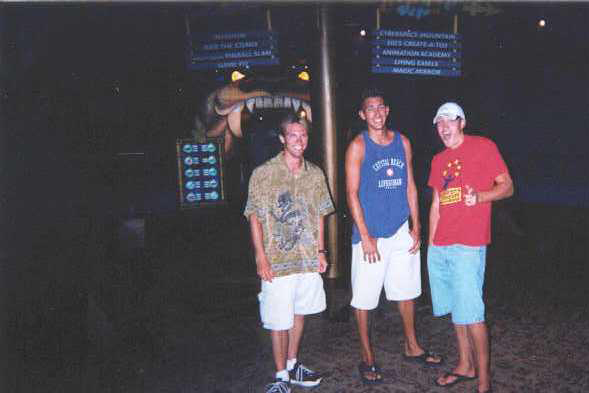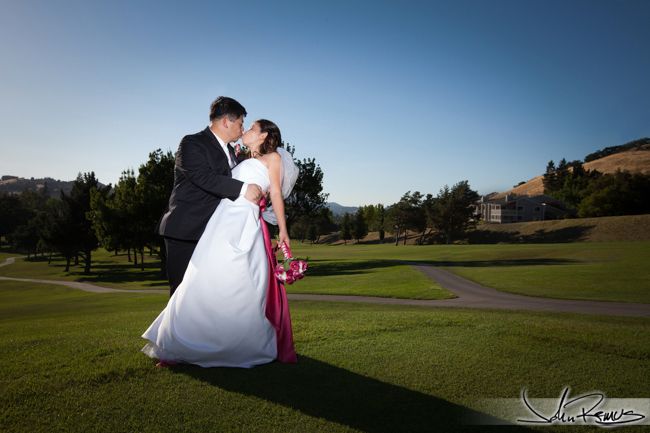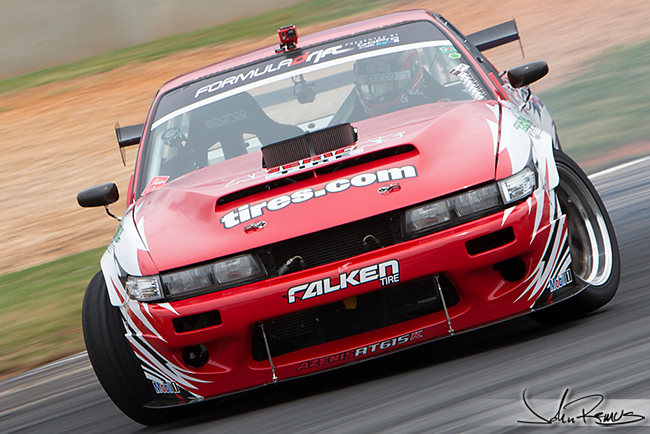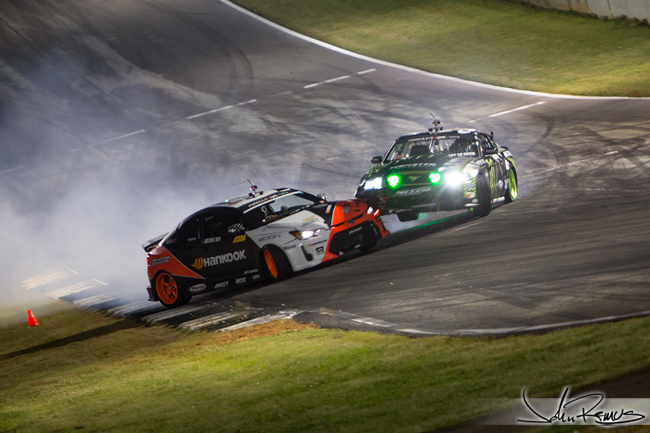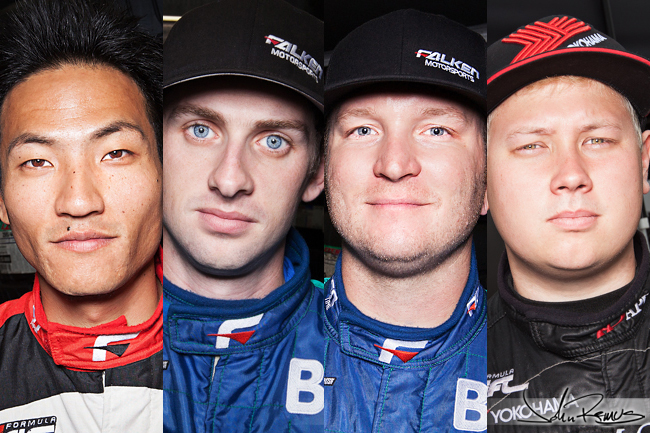Part three of my four part write-up on testing the Sony a77 DSLR in various sports setting that I typically shoot with my job. Please check out the previous post for details on the first test and a bit of an intro to this multi-part project: here
Taking the Sony a77 to the track
This is where I was most curious about the a77 and lenses… the racetrack.
The first chance I had at the track with the Sony system was with the Formula Drift race series. I was in Seattle for one of my larger clients, Falken Tire, who I handle a portion of their motorsports photography for. The first day I arrived earlier than I normally would for a race, which gave me a couple practice sessions to get out and test shoot a bit with the a77. I would be using the 300/2.8 that I brought out with me.
While I was, again, happy with how the lenses performed I was a little bummed with the speed of the focus tracking. I was getting a bit of motion blur even when using faster shutter speeds. But again, this could also have been human error, I won’t deny that either. The 300 & a77 combo gives and effective 450mm/2.8 reach – this is VERY far for Drift and Seattle was a smaller track (proximity of photogs to cars) compared to Atlanta or Jersey.
But more frustrating for me as a sport shooter were the delays of the camera itself. When bursting at 10fps (or just shooting anything in general) the Sony system puts a brief preview of the image you just shot up on the screen or viewfinder – whichever one you’re using at the time. There is no way to turn this off. In the menu you can turn off previews (or set them for 2, 4, etc, seconds). But even after turning my previews to Off, there is still a brief moment the image is on your display. I think this is the camera’s way of telling you “Hey man, I took a shot!” compared with a Canon or Nikon you’ll have that brief moment of black while the mirror and shutter are up to exposure the sensor. So, I am guessing Sony put this there as a way to reassure you the photo was captured.
Note: This is something that I’ve already talked to Sony about to try and clarify, with them, what I mean by the screen pausing. Now I wouldn’t compare the pause to the brief flash of black from a shutter on a Canon or Nikon – that’s too quick to affect your shot. The image pause on the Sony I found distracting enough to screw up my framing. This is something Sony also said they’ll ask about since it’s not a complaint they’ve heard previously.
But I want it turned off – or the ability to turn it off. That fraction of a second that there is an image in your viewfinder of something that JUST happened is long enough for your subject to move a bit and your framing to get messed up. So while it doesn’t affect the AF or anything like that, you might still not-get the shot due to accidentally cropping part of the subject out.
Now, I know that nothing will be as fast/accurate about what’s going on in front of your camera compared to a mirror, but if you’re looking at a screen you’re definitely going to want that screen as close to real-time as possible.
Another issue that I had with this camera in a race setting is the inability to “chimp” efficiently. As much as that term bugs me sometimes, it’s the perfect word to describe the action of “looking down right after a shot to see what it looks like” like a chimp inspecting something in front of them.
We ALL do this at the track CONSTANTLY. This can mean the difference between sorting through 500 photos when you download your card or 800 photos.
Now, I wasn’t using the most expensive SD card out there, so I’m sure there was some margin of error (read: slow) due to a cheaper card. But I don’t own SD cards since all my cameras use CF cards. So I’ll take some blame for the possible slow speed of writing to a less-expensive card I bought to save money.
However the camera seemed to write very very slow despite using a class 10 card as I was told to do. It was so slow, in fact, that I actually gave up trying to look at the photos I just shot because the camera was buffering them slowly. This won’t work for those of us who are used to quickly sorting through photos right after we shoot them, deleting (quickly) the bad/OOF shots, and being ready for when the next cars come by.
Note: After discussing this with Sony as well they pointed out the the horsepower of the a77 and it’s processor can’t compete at a level that’s near the power of the dual processors of the 1D lineup. It’s simply something that you will have to deal with at the price point of the a77. This was something I hadn’t put a lot of consideration to those days at the track because I don’t shoot with a 60D, ever.
Also another downside to the camera and the digital viewfinder setup was the sensor. On a bright and sunny day we all will put our hands around the LCD when reviewing shots. The light sensor on the back of the a77 always thought I was putting my face back up to the camera and would switch the view mode back to the camera’s viewfinder. This made it impossible at times for me to review photos without turning my entire body away from the sun (and action) to review photos in my own shadow rather than just use my hand.
Note: I discussed this with Sony, also. There are two options to handle this that were pointed out. First is to set the screen option to manual. So, using a button you can switch from viewfinder mode, to LCD, and back again. I personally would not like this option since it involves additional key presses and I’m sure that at some point I would put the viewfinder back to my eye quickly and forget to turn the viewfinder “on” by switching modes. The second option is to un-click the second the hinge of the LCD screen. This would lock the LCD into the “on” mode, however I have a feeling that there would be the same problem with not auto-switching back to the viewfinder when you try to use it again unless you click the LCD all the way back into position. Both of these simply would take practice and getting used to on the part of the photographer – they’re not something I would consider an end-all to using this system by any means.
My experiences with Off Road were similar to that of Formula Drift, so I won’t ramble on too much about it here.
However out at the off road track I tried the focus locking a bit more to see how well it would track a subject.
The way the focus lock works (put most simply) is that it would lock onto whatever was closest to the center and then track it as it moved around. Think of it as facial recognition tracking for large groups – that’s an easy way to describe it.
However when you have a bunch of trucks crossing paths and everything kinda blends together I think the system because overwhelmed. So, instead I stuck with Continuous focus and found that I got a bit better results as long as I kept my subject in the center of my viewfinder.
Overall thoughts on racing photography with the a77: Overall… it’s a very usable system. I think my initial experience shooting Drift with the a77 was hindered by the too-long lens combo on a track that was smaller than I expected. Below you will no photos from Drift, actually, because I’m just simply not happy with any of them.
I had much better luck at the Off Road track during the Lucas Oil Off Road race. The first day I was there was mostly practice which allowed me more time to shoot around and text. The system here, and longer glass worked very well, and with a larger track (both in size and distance) there was more time and flexibility when reviewing photos after shooting them.
Click the break for photos!
